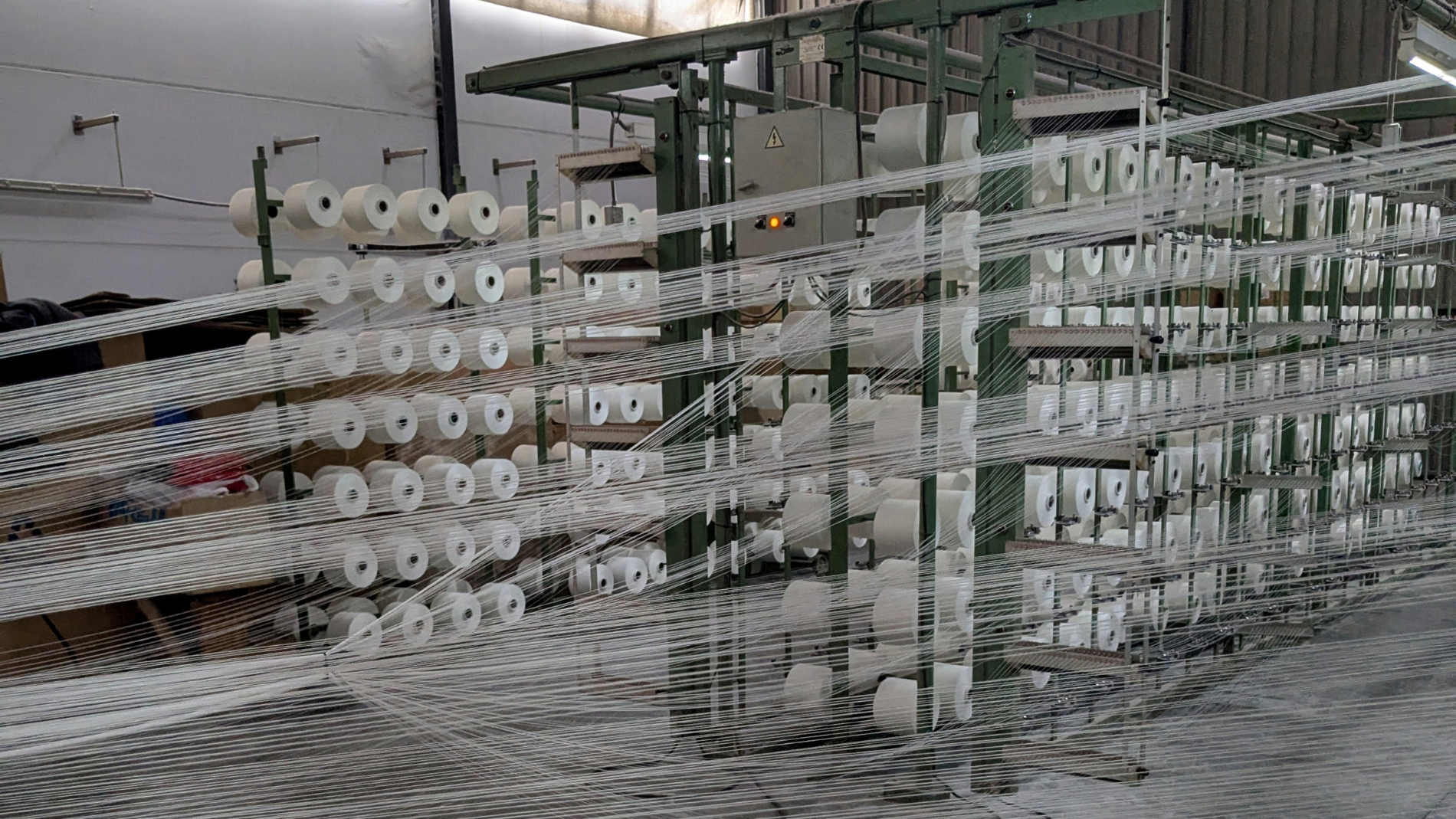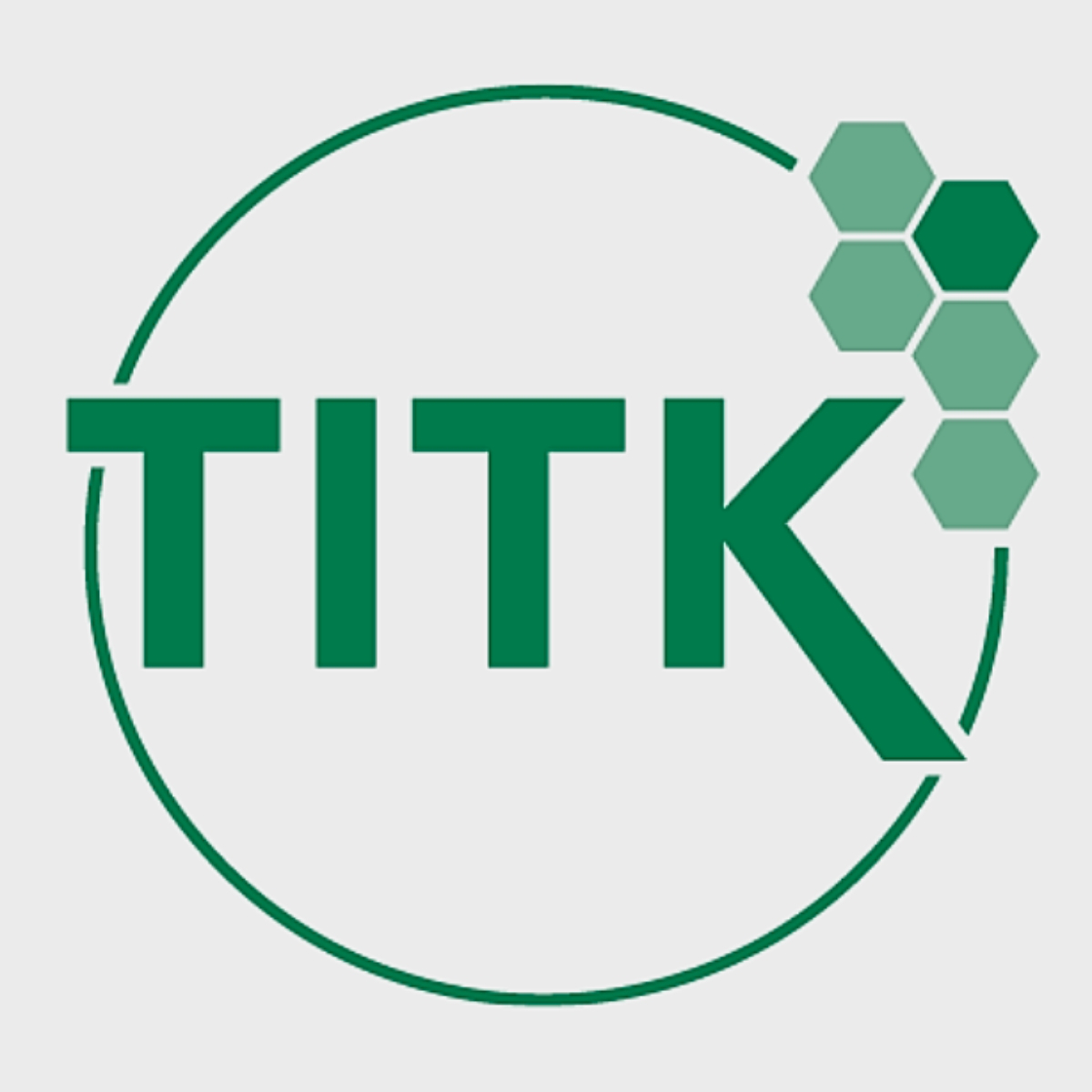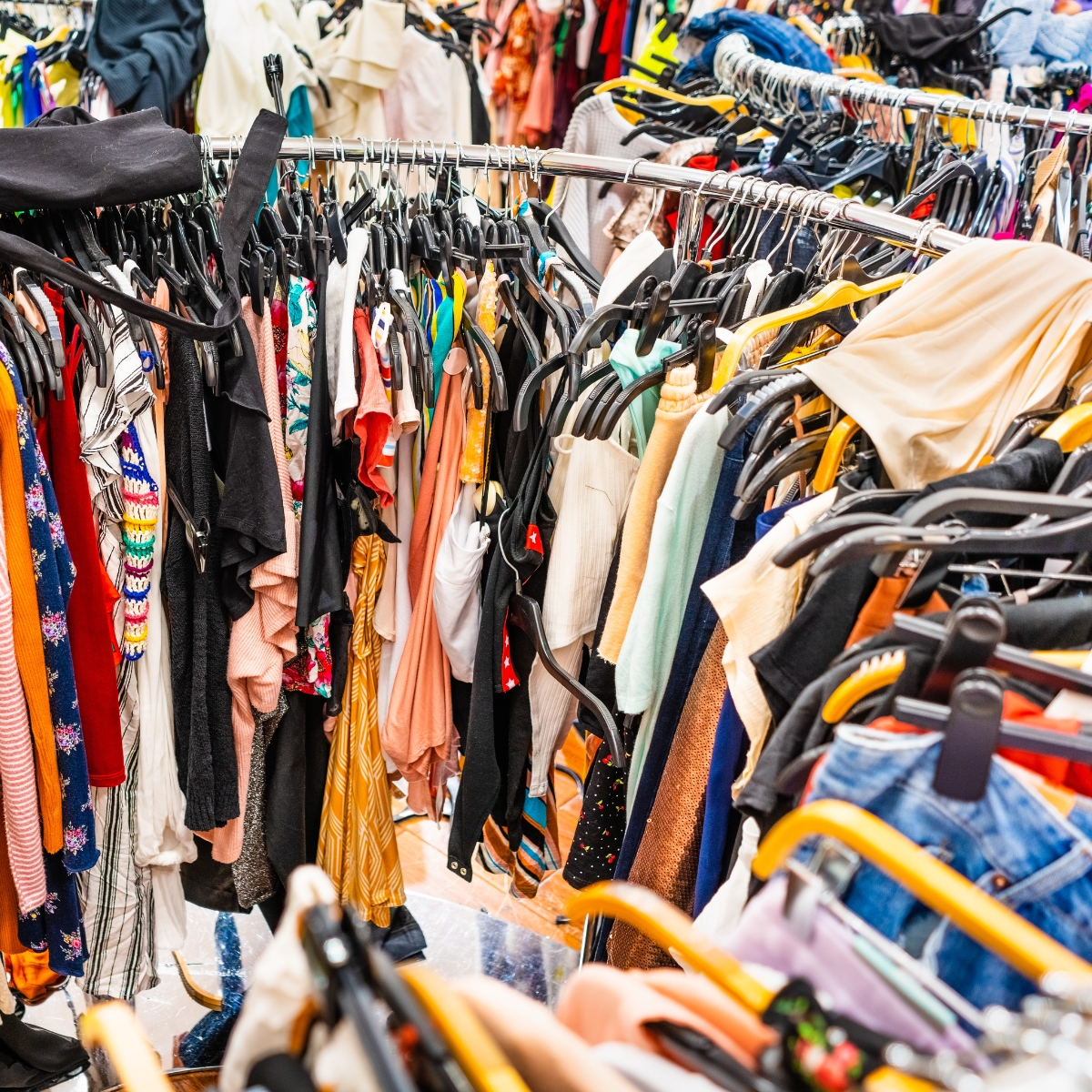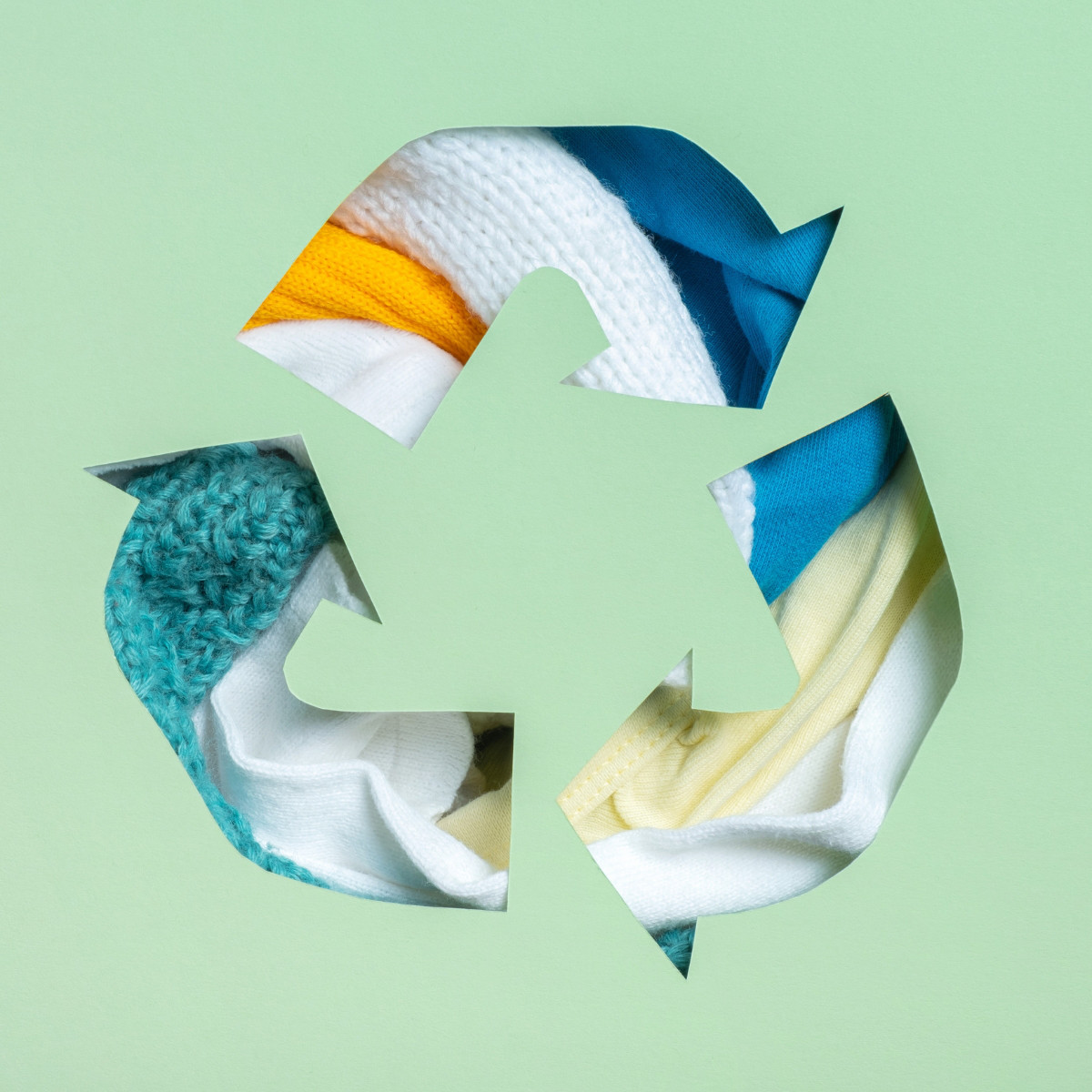Lesedauer: 4 Minuten
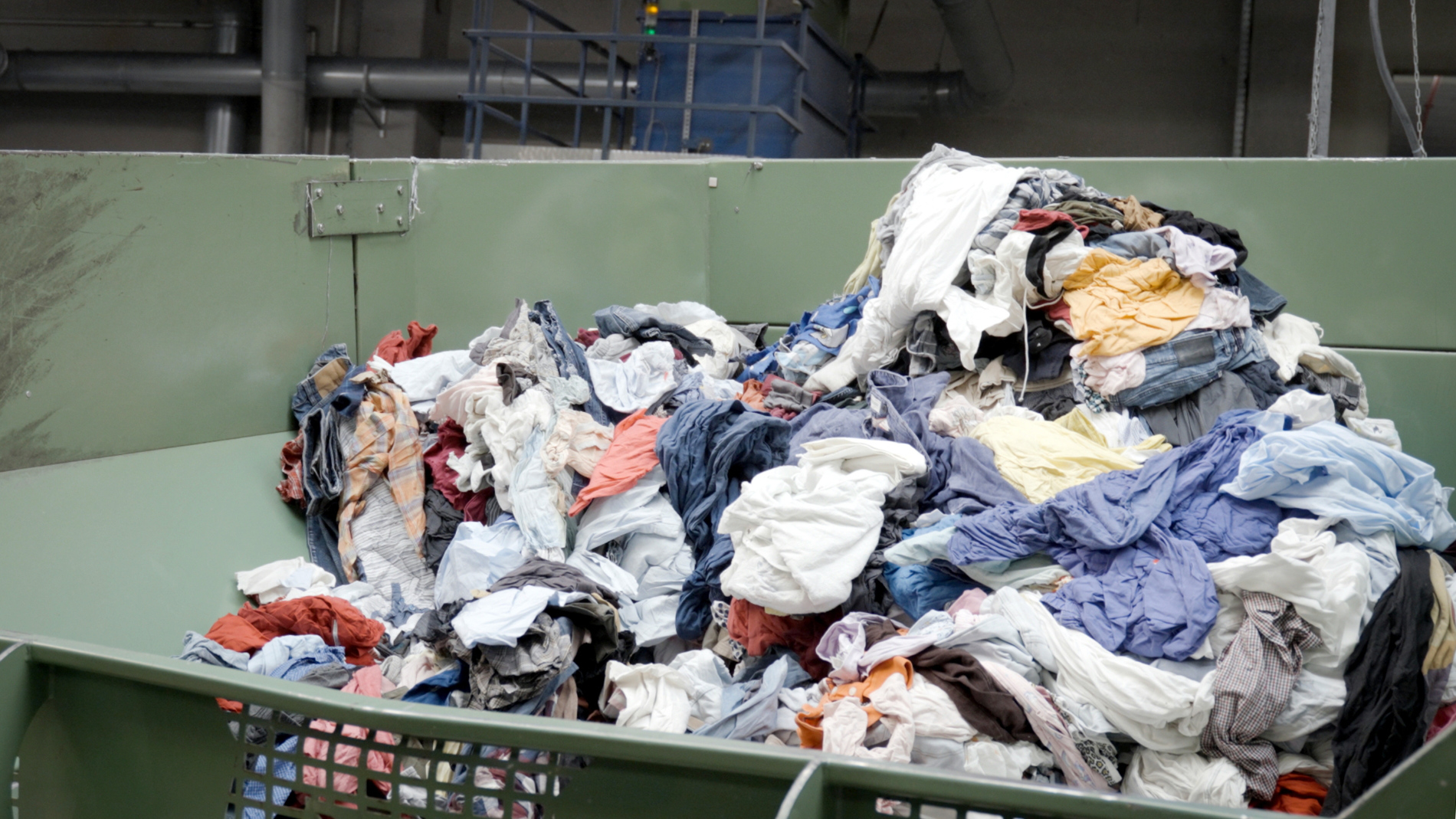
The textile and clothing industry faces a mammoth task when it comes to textile recycling: around 92 million tonnes of textile waste are generated worldwide every year. That is roughly equivalent to the weight of more than 400 billion work shirts. The stark reality is that only one per cent is turned back into new clothing. In the EU alone, 87 per cent of discarded textiles are incinerated or end up in landfill. At the same time, regulatory pressure on companies to develop more sustainable end-of-life solutions and to strengthen the circular economy is increasing.
“I was shocked by the lack of end-of-life strategies in the textile sector and by the enormous waste of resources,” says software engineer Angelique Thummerer. Until then, she had only known the textile industry from a consumer’s perspective – until she met textile business economist Katja Wagner on Instagram in 2022. At the time, Wagner was running a label for recyclable trainers and looking for a photographer. “Angi was earning some money alongside her studies with photography and took my first good shots,” Wagner recalls. Motivated by the drastic consequences of missing recycling systems, the two founded the start-up TURNS in 2023 to build their own textile-to-textile loop. Their preferred raw material: corporate workwear.
From the compliance paradox to a business idea
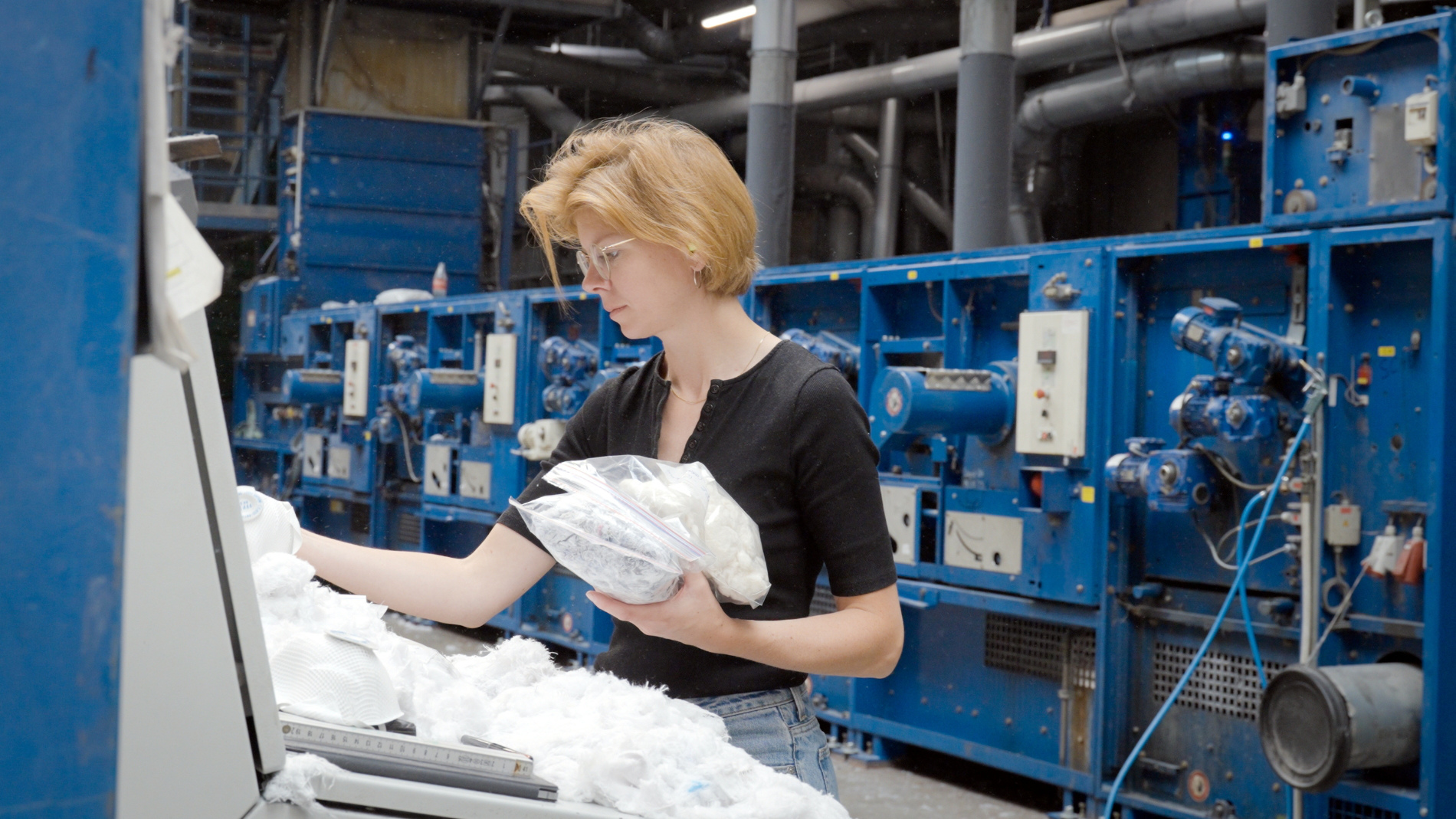
Wagner came into contact with professional textile care at an early stage: “I trained with the workwear manufacturer HAKRO and later joined an industrial laundry.” There she realised for the first time how much economic value lies in the quality of a textile. At the same time, she noticed a paradox: “On the one hand, companies set high standards for corporate fashion and publish CSR reports – on the other, vast amounts of it are simply incinerated at the end of its life.” The reason for this thermal disposal is that company clothing often bears logos, name badges or other identifiable features, which is why firms usually avoid reintroducing it into circulation for compliance reasons. Wagner and Thummerer asked themselves: could workwear not also be recycled in a compliance-safe way? “If you want companies to embrace recycling as an alternative to incineration, while eliminating all liability risks, you need a data-compliant process with guaranteed destruction,” Wagner explains. This is precisely what the two founders developed – and fully digitalised.
Digital tracking: from overalls to blouses
The TURNS recycling process begins quite simply with registration on the online platform and the submission of discarded company clothing. “That’s the entry ticket to the TURNS fibre loop,” says Wagner. After registration, companies receive – similar to a return shipment – a label with all the key data. The textiles are then sent by post or freight to TURNS’ sorting partners, including social enterprises. There, the garments are manually sorted and, with the help of artificial intelligence (AI), analysed by fibre, colour and quality to allocate them to the most suitable quality categories – and thus to future recycling pathways. Recycling then takes place at specialised companies across Europe, either mechanically or chemically, depending on the fibre type.

Companies can track the journey of their discarded workwear in real time via an app and see at any moment where their worn-out overall, faded high-visibility vest or used company shirt is. “From submission through to processing into new fibres, the process is digitally traceable and legally compliant,” says Thummerer. In addition to certificates of disposal in line with the German Waste Management Facilities Ordinance (EfbV) and data for their ESG reporting, companies also receive confirmation of the exact time their old textiles were destroyed. The entire digital ecosystem – online platform, intelligent data analysis, sorting logic and app – was largely programmed by Thummerer and her team themselves. “Without digitalisation, legally compliant textile recycling of company clothing would neither be feasible nor scalable,” she adds.
Workwear: the ideal candidate for textile recycling
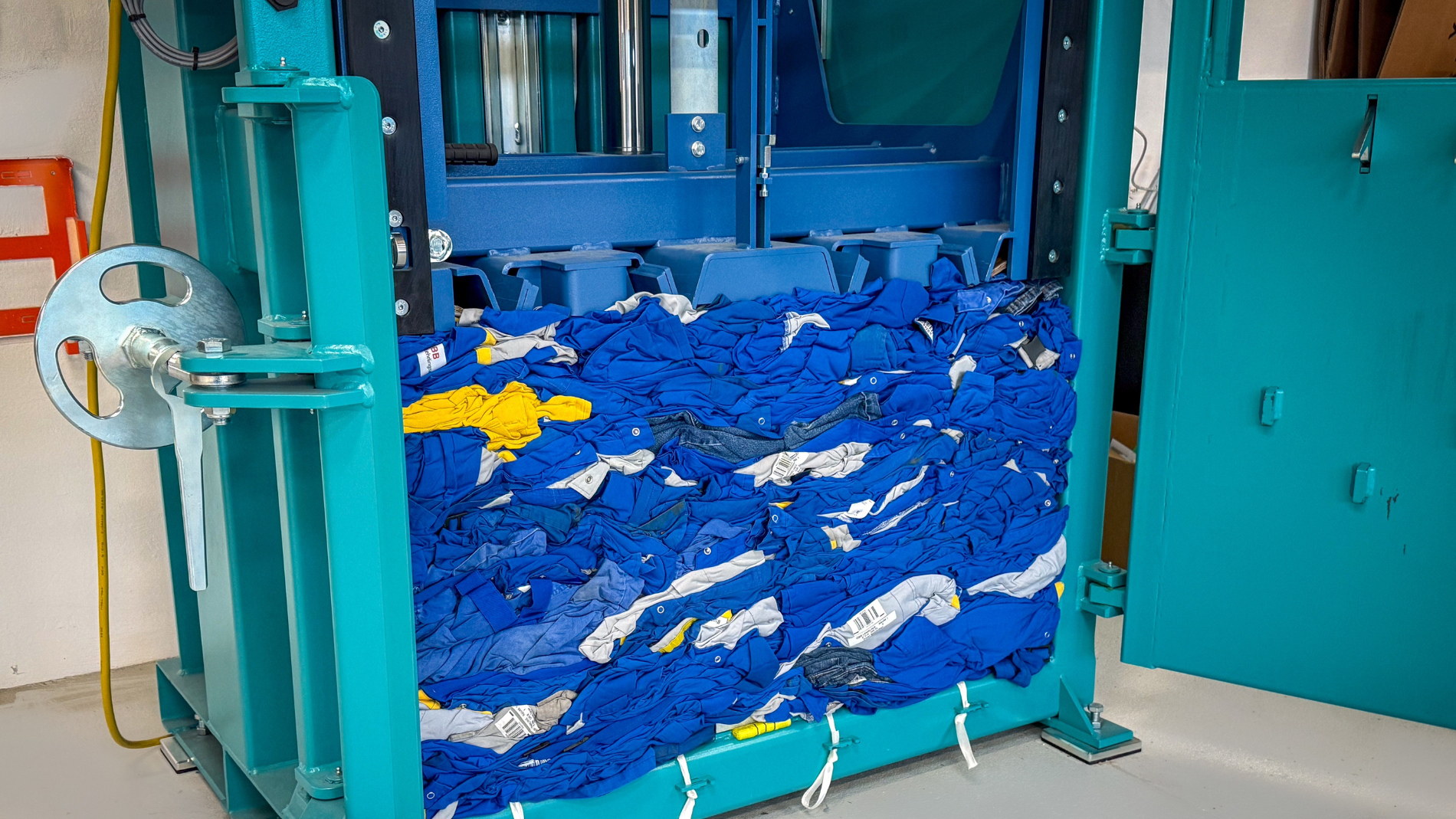
That TURNS focuses its textile-to-textile recycling on workwear is no coincidence. “It provides us with large volumes of homogeneous clothing in high quality, is often already available in one place and can be easily traced thanks to companies’ existing intralogistics,” explains textile expert Wagner. In addition, many companies specifically request an exclusive and secure solution with guaranteed destruction. That this approach works is shown by the first customers: TURNS is already recycling workwear from Austrian Airlines, the drugstore chain dm, Austrian Federal Railways (ÖBB), textile leasing provider Salesianer, and Bosch, the world’s largest automotive supplier. “Products made from recycled ‘company fibres’ are already circulating in six-figure numbers,” says Wagner. She also sees major, but as yet largely untapped, recycling potential in industrial laundries.
Industrial laundries – the sleeping recycling giant?
“Textile care has the greatest and easiest opportunity to implement a circular textile economy in practice – right now,” says Wagner. The reason: commercial laundries clean large volumes of workwear every day, and they already have an established infrastructure and logistics systems, including IT. “At the end of its lifecycle, a garment could simply be placed in a recycling box.” At present, however, recycling via industrial laundries is still hesitant. Wagner suspects this is partly due to their price sensitivity and partly because the added value of circular economy is not yet recognised everywhere. But this could soon change: according to the European textile association EURATEX, the market volume for textile recycling in Europe alone could grow to €6–8 billion by 2030. Wagner is convinced: “In future, industrial laundries could expand their role from pure textile care to comprehensive lifecycle management.”
